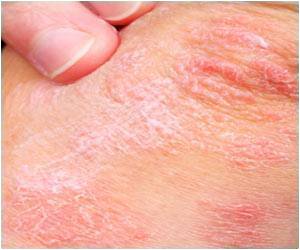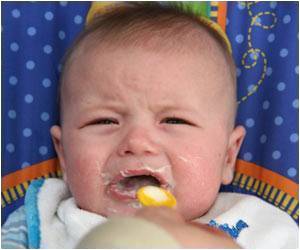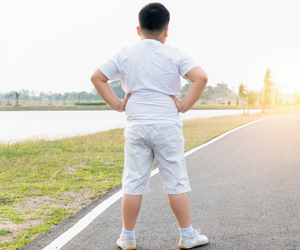
"This reflects normal cognitive development of children," Beelmann said.
"At first they adopt the social categories from their social environment, mainly the parents. Then they start to build up their own social identity according to social groups, before they finally learn to differentiate and individual evaluations of others will prevail over stereotypes.
"Prevention starting at that age supports the normal course of development," he said.
As the new study and the experience of the Jena psychologists with their prevention programme so far show, the prejudices are strongly diminished at primary school age, when children get in touch with members of so-called social out groups like, for instance children of a different nationality or skin colour.
"This also works when they don't even get in touch with real people but learn it instead via books or told stories," Beelmann said.
Advertisement
"If there is no or only a few contact to members of social out groups, there is no personal experience to be made and generalising negative evaluations stick longer," he said.
Advertisement
The reason is the higher social status of the majority, which is being regarded as a role model. Only later, after having experienced discrimination, they develop prejudices, that then sticks with them much more persistently than with other children.
"In this case prevention has to start earlier so it doesn't even get that far," Beelmann said.
Generally, the psychologist of the Jena University stresses, the results of the new study don't imply that the children's and youths attitudes towards different social groups can't be changed at a later age.
The study has been published in the science journal Child Development.
Source-ANI









